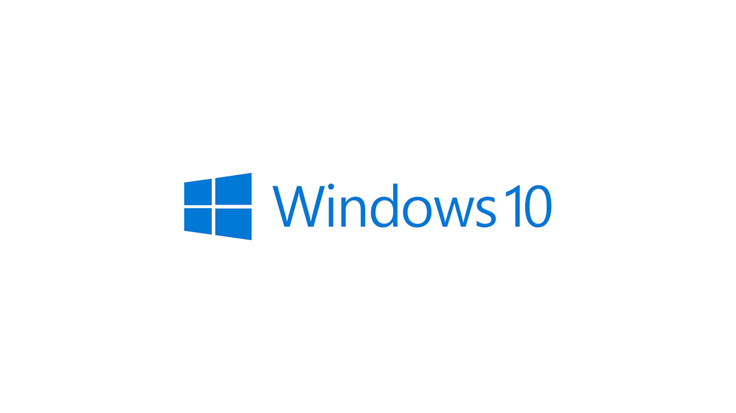Microsoft issued a client roadmap update on Thursday to remind us once again that Windows 10 support is slowly coming to an end. In less than three years, all Windows 10 users will need to have moved to Windows 11. While moving to Windows 11 should be a win for security, some Windows 10 fans may be a little nervous. Upgrading isn’t always straightforward, and exacting hardware requirements weigh heavily on Windows 11.
According to the update, the company intends the current version of Windows 10, version 22H2, to be the last edition of the operating system (OS). That meant no more new and significant features for Windows 10. Instead, interesting changes and enhancements will be incorporated into Windows 11. PCMag highlighted that this process is already underway.
Microsoft will continue to release monthly security updates for Windows 10 until October 14, 2025. After that, it will officially pull the plug for consumer users but not for organizations signed up to the Long Term Servicing Channel. Support for them will extend beyond the deadline for up to 10 years. From Microsoft’s description:
The Long-Term Servicing Channel (LTSC) is designed for Windows 10 devices and use cases where the key requirement is that functionality and features don’t change over time. Examples include medical systems (such as those used for MRI and CAT scans), industrial process controllers, and air traffic control devices. We designed the LTSC with these types of use cases in mind, offering the promise that we will support each LTSC release for 10 years–and that features, and functionality will not change over the course of that 10-year lifecycle.
Microsoft recommends Windows 10 users switch to Windows 11 if they haven’t already done so. Despite that, Windows 10 remains hugely popular, with a 69 percent share of Windows desktops, globally. Windows 11 trails significantly with just 18 percent, not far off Windows 7, which still accounts for nine percent.
Windows 11’s low numbers may soon change as the sunset date approaches, which would be good news for security. Microsoft’s latest OS makes multiple improvements over what’s available in Windows 10. Microsoft’s approach has been to create a chain of trust that ensures the integrity of the entire hardware and software stack, from the ground up. Many of the links in that chain rely on Virtualization Based Security (VBS), a technology that creates secure sandboxes isolated from the main OS. Doing that requires hardware-based virtualization features, which is why Windows 11 has such stringent hardware requirements.
Windows 11 also includes a more efficient way of warding off phishing attacks; warnings when users type passwords into notepad files and other programs; and a default account lockout policy to combat the dangers of Remote Desktop Protocol (RDP) brute force attacks, an automated attack wherein hackers try to guess users’ passwords remotely, over RDP.
And, soon, Windows 11 will allow app developers to tap into its built-in human presence detection (HPD) capabilities to create and share unique experiences. HPD is a new feature that allows touch-free logins of laptops. It also automatically locks the device when a user walks away from it, giving them much-needed privacy. Of course, this feature can only be used if your laptop has the hardware to support it.
We don’t just report on threats—we remove them
Cybersecurity risks should never spread beyond a headline. Keep threats off your devices by downloading Malwarebytes today.









